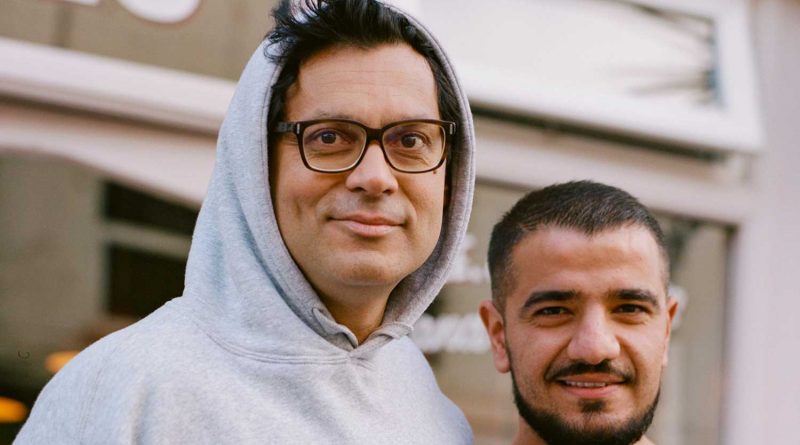How being an outsider helped Simon Wheatley document grime from the inside
Simon Wheatley is an acclaimed photographer who spent twelve years documenting grime culture. His book Don’t Call Me Urban! The Time of Grime spans the years between 1998-2010 and a selection of the photos were displayed recently in Cafe East. After a decade of searching for his Asian ancestry, Wheatley has now returned to live in Bow, where he feels he belongs.
Simon Wheatley has been a self-professed outsider all his life.
Wheatley’s mother, though born and raised in Malaysia, descends from an aristocratic East Bengal family that has bred several famous musicians, a refined and artistic strand of the family whose genes seemed to have passed down to Wheatley. Early years in the international schooling system further nurtured an open and sensitive nature.
When he moved from his family’s home in Singapore to England in the mid-eighties, he felt immediately at odds with the ‘English attitude towards life’ that he saw as repressed and ‘stiff-upper lip’. He was sent to Charterhouse school, a traditional English public school that has educated the likes of Jeremy Hunt. ‘It was convenient for my father who was continuing to travel for his job in pharmaceutical sales – for his sins’, adds Wheatley wryly, himself a non-drinking (‘mostly!’) vegetarian (‘hardcore’) who practices yoga and meditation.
In those days, Charterhouse was not as diverse as it is now, explains Wheatley. As the son of an Indian mother and an English father, he looked different to everyone. ‘It was hard being mixed race in the eighties. I made friends in my boarding house but I’d hear comments like “Go home you Paki” from other boys, mostly from the years above. There’s a hierarchy at these schools.’
His tendencies towards affection and intimacy that had been nurtured in him during his youth were also deemed ‘odd’. The early years at Charterhouse were the hardest as he adapted to this cooler cultural climate but football helped bridge social divides. ‘Once you get to Sixth Form and you’re playing for the first team, you become a star of the school. So I had a great time by the time I was doing A-levels’.
With the wisdom that a half century brings, Wheatley now appreciates the privileges he was afforded at Charterhouse and sees the alienation he experienced as a teenager as an important part of his personal artistic development. ‘Sensitivity as a child feels like a weakness but as an adult it is a great strength.’ It is this sensitivity to being an outsider that informed his future work as a photographer when he started documenting grime – the music sub-culture that exploded out of East London in the early noughties.
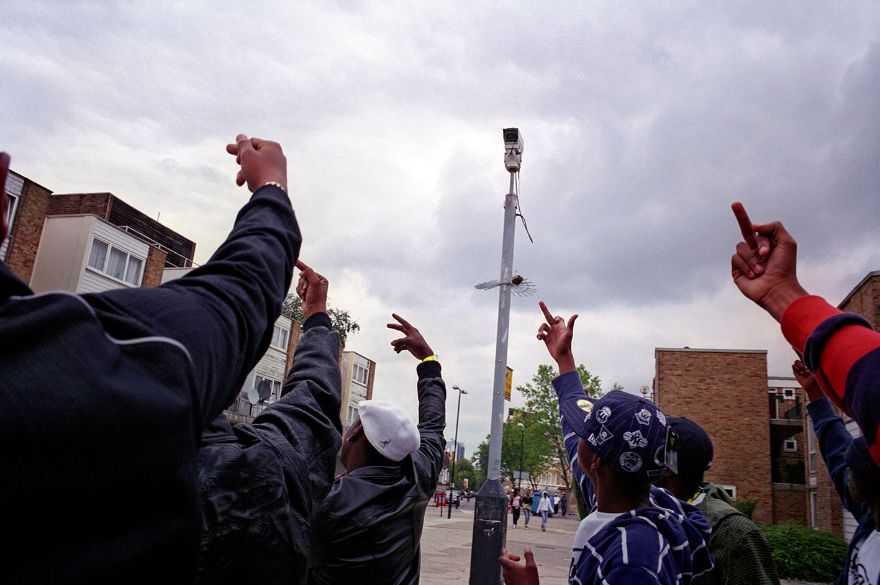
After Wheatley left university he inherited an Olympus SLR camera from his father, whereby he began obsessively studying the art of photography and the methods underpinning it. While living in Budapest after his formal education was over, a chance encounter led to Wheatley taking some shots for the commemoration of the 1956 Soviet invasion of Hungary for a local paper.
After twelve years of working for various publications, he found himself working for Magnum – a prestigious, corporate photography agency. ‘It was an intense experience,’ says Wheatley of his time spent at the agency. ‘I didn’t really fit in there.’
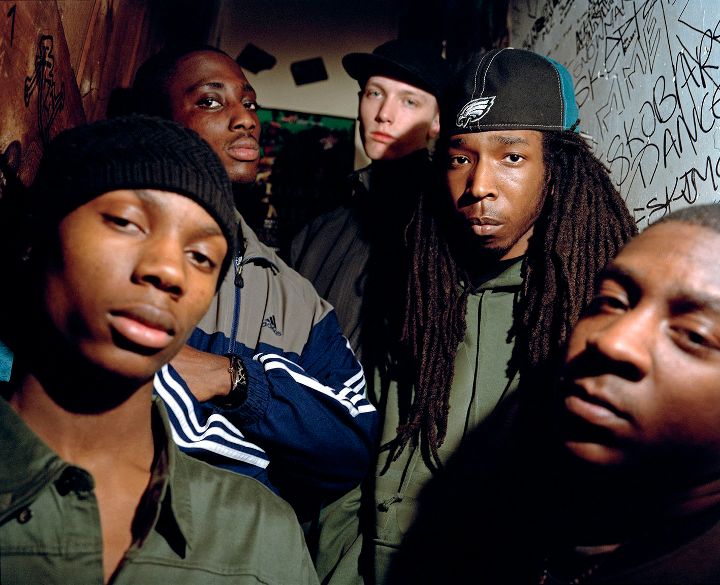
The glamour of this world of professional photography, though exciting, was a hollow experience for Wheatley. It was around this time he began to take pictures of the kids of East London’s council estates who were getting involved in grime. The reason Wheatley came to Bow originally was through ‘journalistic interest’ of the underground movement, but it was eventually to become his home. The poverty-stricken underclass from which grime arose was a reaction to a mainstream which had long ignored their faction of society. This intrigued Wheatley as he started to document the subculture.
‘Alienation has always been important to me in photography,’ says Wheatley. ‘That’s what drew me to grime initially. These were the kids who you’d see wandering Roman Road, they might be in a crew with another rapper but you could tell they were on the fringes of society. It struck a chord and I felt an affinity with those kids who were seemingly lost, shuffling round the streets with nowhere to go except the youth club [on Roman Road] or hanging out around the tower blocks in the area.’
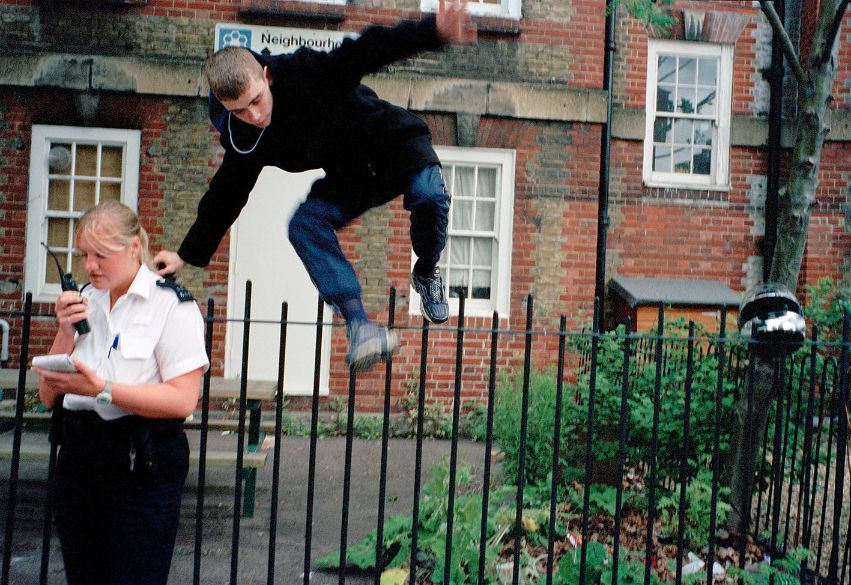
After the breakout success of Bow’s Dizzee Rascal in 2004, suddenly the paradigm shifted and the mainstream wanted a piece of the grime action.‘When Dizzee Rascal won the Mercury prize [for his acclaimed debut, Boy in da Corner], then it became interesting. Suddenly someone from Bow could be massive.’ With his name beginning to spread through the community, Wheatley started shooting for music mag RWD, which earned him some street credibility and assuaged the suspicions grime crew members had towards him.
How did an ex-public schoolboy and, by his own admission ‘a bit of a social oddity’, gain access to the homes and hangouts of members of the notorious grime scene? ‘I think if I had tried to act and dress like those rappers, they would have told me to get lost. The fact that I was this rather eccentric oddball meant that I didn’t pose a threat, they were almost intrigued by me.’
His time spent existing around what has been referred to as ‘Britain’s most important subculture’, has left Wheatley with a host of fond memories and friends from that time. ‘People at school didn’t want you to be close to them – I was almost repelled by their upper-middle class vibe. My photography is a search for intimacy and I found that in the homes of the people here in Bow who welcomed me in.’
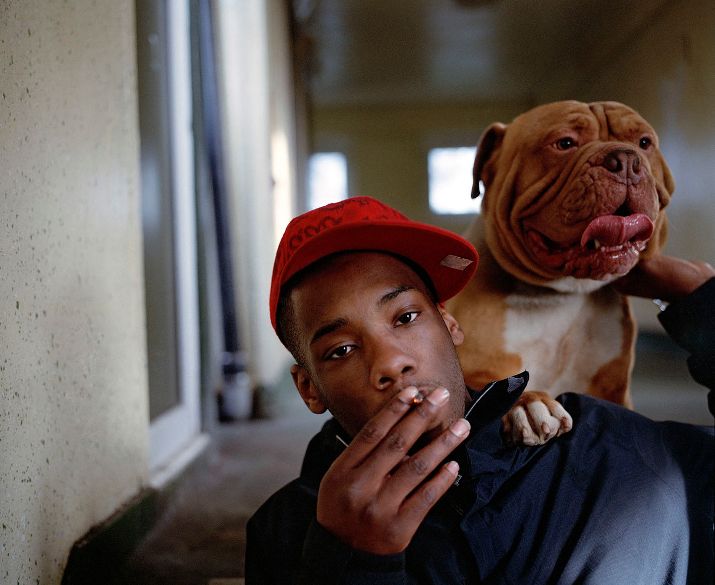
Wheatley’s life is one of nuance and adventure, but after travelling the world – after the grime period he had a ten-year stint in India – he now feels at home in Bow, where he lives. ‘The feeling I get now from this community, like the guys from Cafe East, is incredible.’ The knack Wheatley had for slipping into otherwise inaccessible places to get the remarkable shots which adorn his collection, born out of his unorthodox approach to life, is something he’s grateful for.
After many enriching years on the road, documenting the lives of interesting folk while also gaining myriad life experiences himself, Wheatley reflects on his years as an outsider: ‘Do I regret that I never fitted in? Absolutely not. At school, I was always told I wasn’t normal, and it used to trouble me at the time. What is normal? For some, it means being a merchant banker or a corporate lawyer – a life that I don’t believe is that interesting. If that’s what normal is, I’m glad I’m an outsider. I’ve been very blessed.’
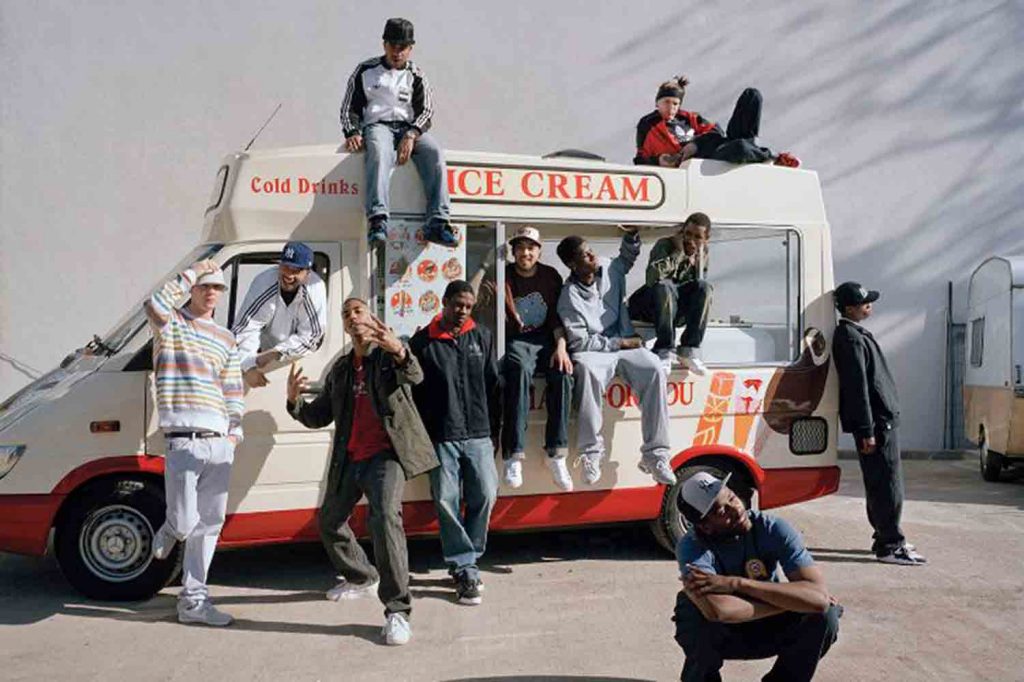
If you enjoyed this article, you may like our piece on the key figures of grime and their links with Roman Road.

